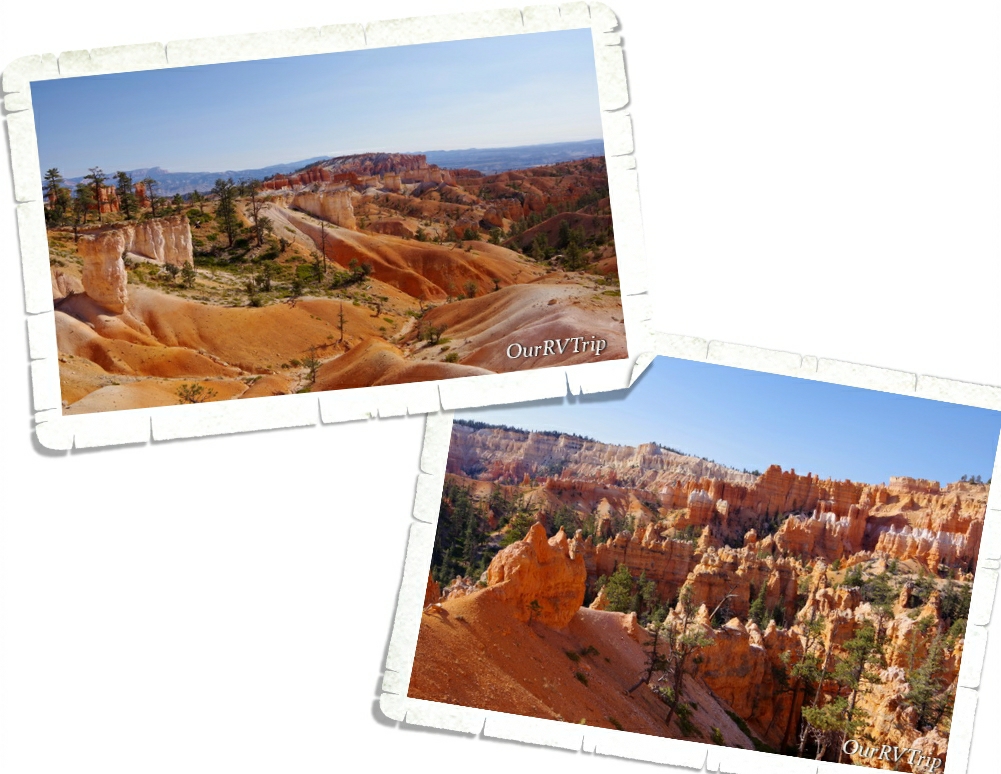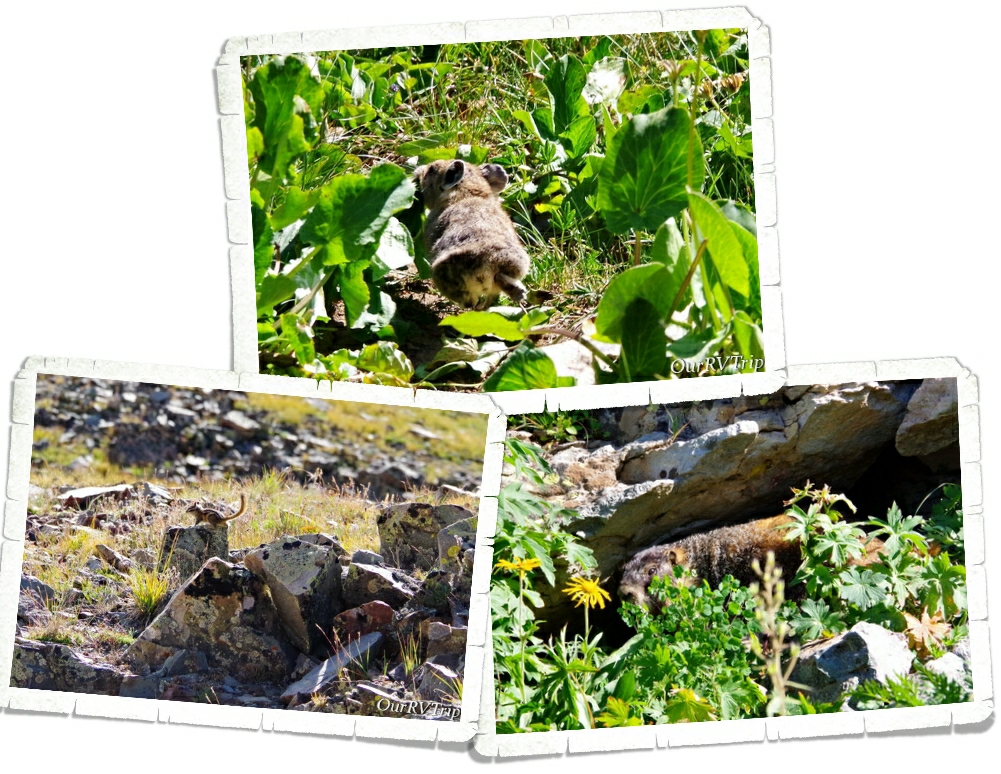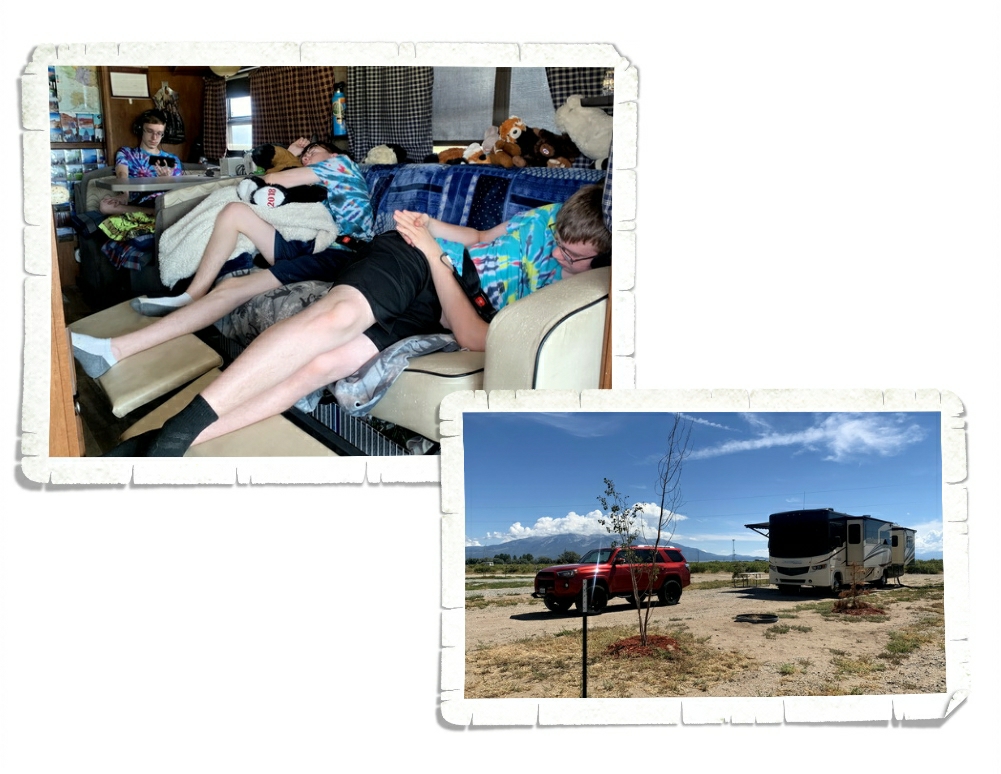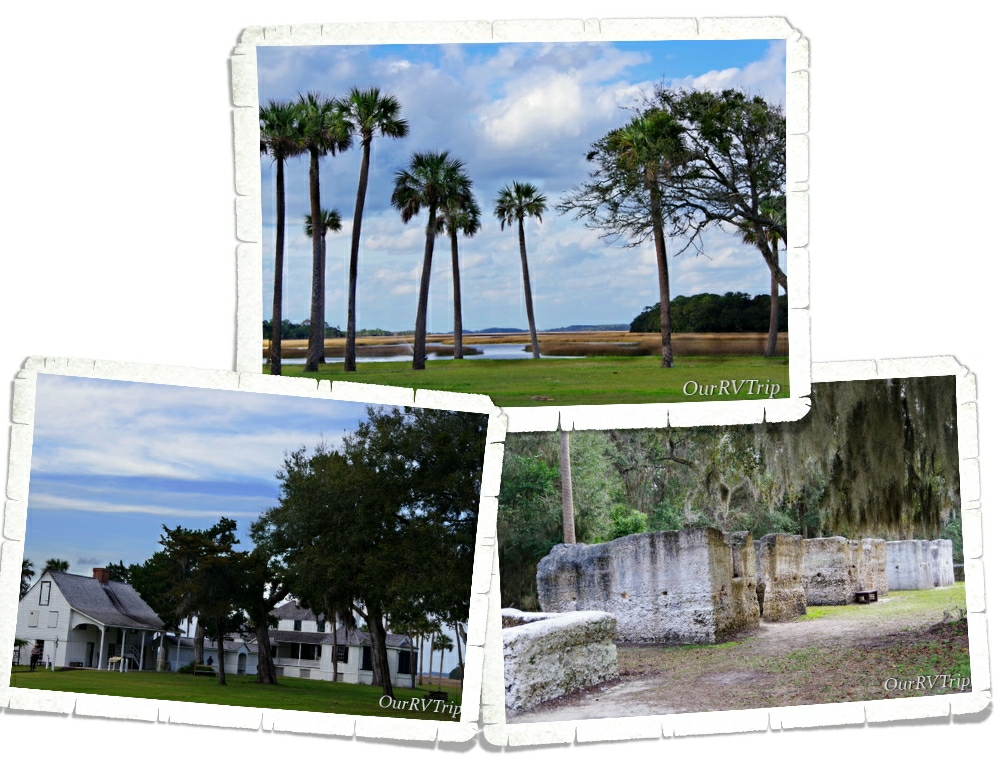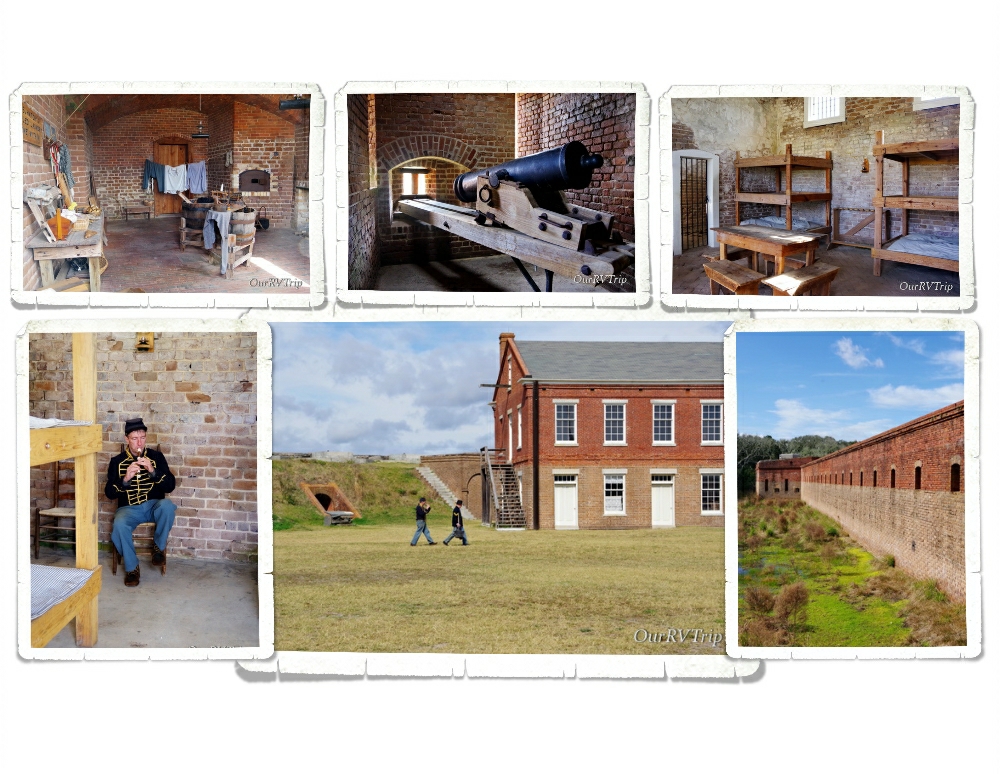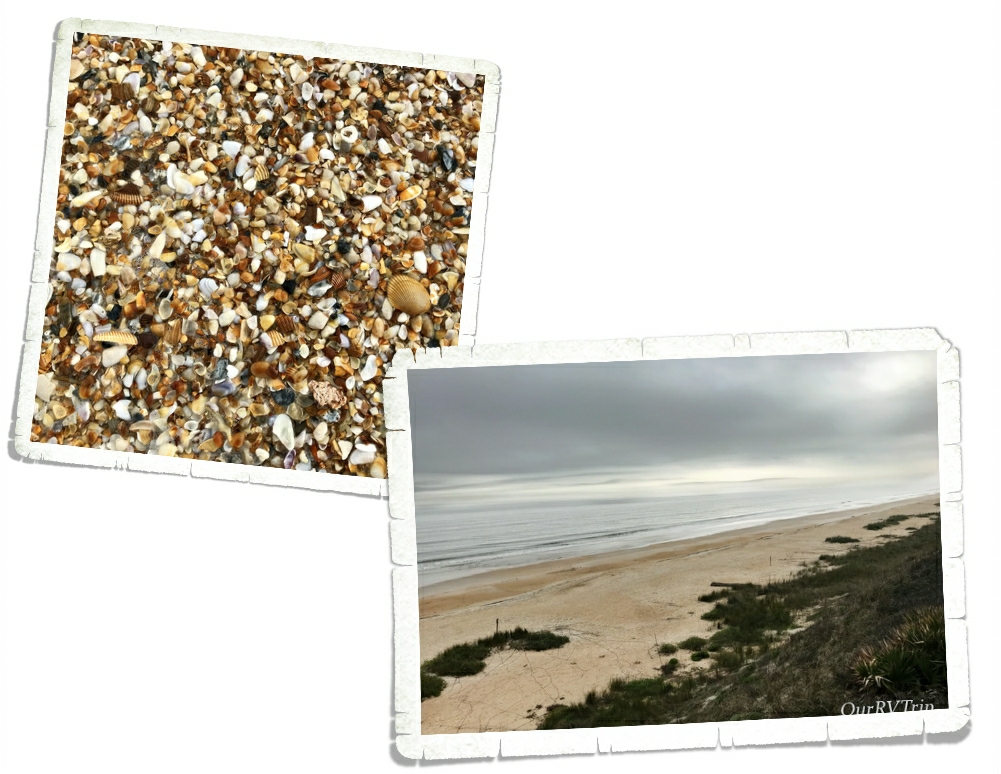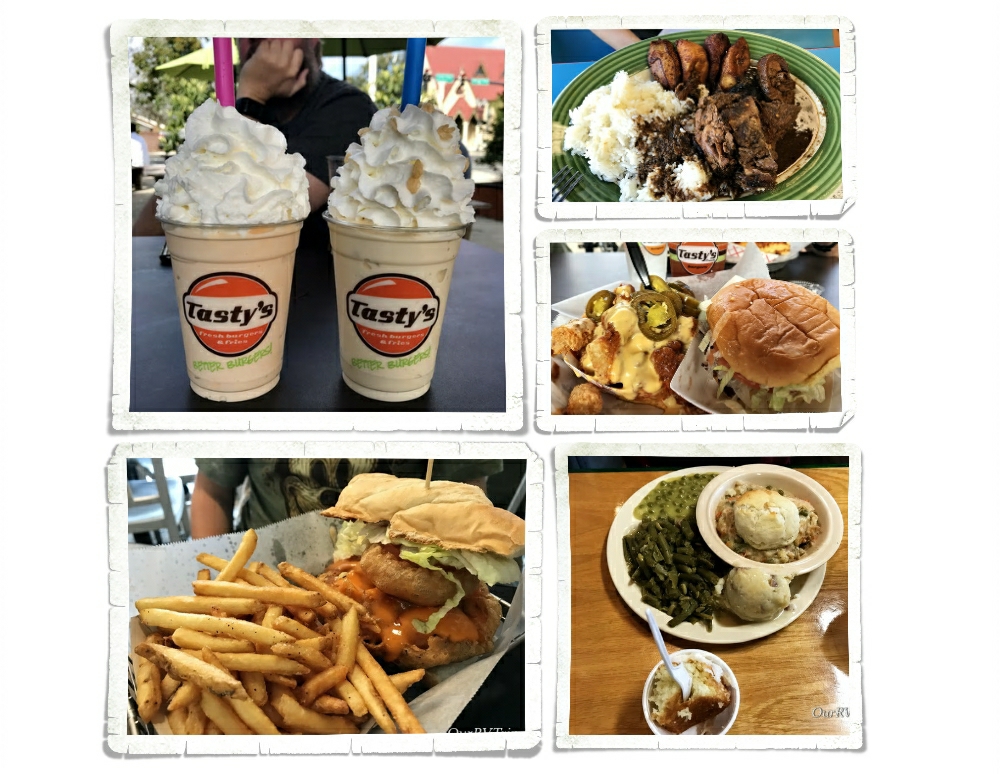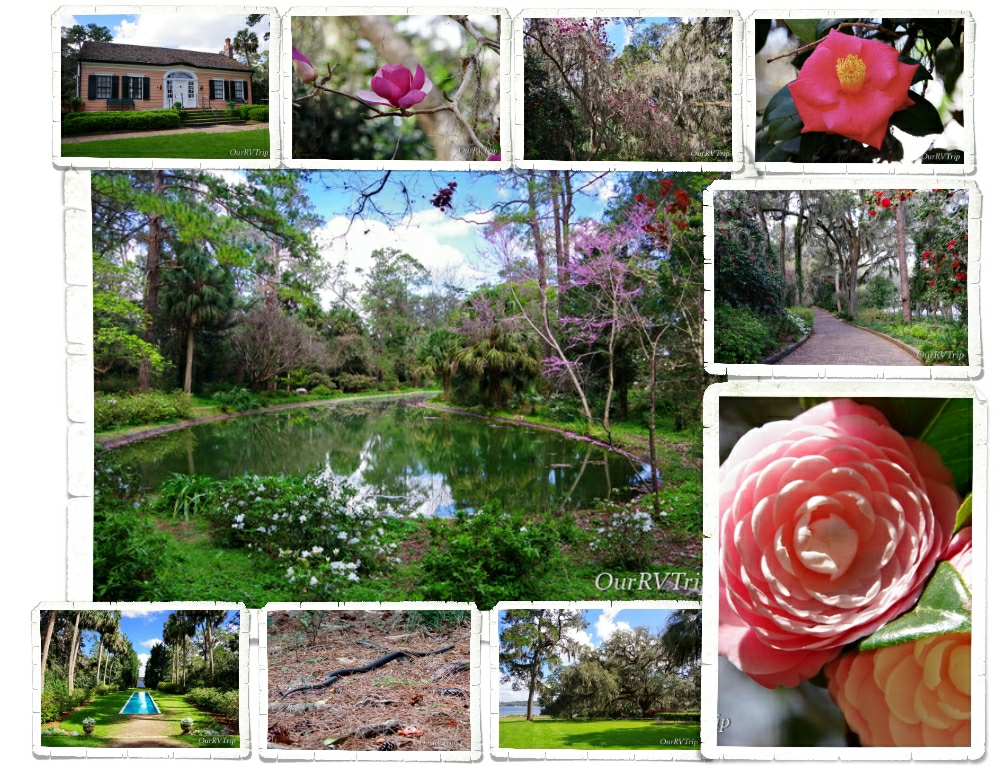
The Hoodoos
Hey Guys!! Man, did Utah get cold!! We drove out of Moab and into what felt like Fall weather while we were in Torrey. We ended up having to use our propane furnace several nights. When we drove to our next stop in Panguitch…well…I’m pretty sure we drove right into Winter! Brrr it was cold the entire two weeks we were in Panguitch!
There are certain things you don’t think about when you live in a sticks-n-bricks home. Like…can we find someplace to fill the propane tank in our home…will we have ice crystals on the inside of our walls in the morning…and did we remember to turn off the water so the hose doesn’t freeze and crack overnight? These are real concerns when you live in a home-on-wheels and you’re experiencing below freezing weather. There are measures you have to take to insure you don’t have frozen poo in your tank or hose because…frozen poo is never a good thing. Ever. And it also has a tendency to cause some major issues when you’re trying to dump your tanks. Again…that’s not something you want to have to deal with. Ever.
Panguitch is a bit bigger than Torrey. There was an actual (albeit small) grocery store. But, hey…beggars can’t be choosers and we were just thrilled to have a grocery store close! Did you know, that Panguitch is a Paiute word that means “big fish”? Panguitch was originally settled in 1864 with the name of Fairview, but the name was changed in the late 1800s.
The main reason we were in the area was to continue our Utah Big Five National Park tour with Bryce Canyon National Park. I’d heard so many wonderful things about this park that I had pretty high expectations for our visit. The pictures I kept seeing on social media had me itching to get there and grab some shots of my own.
Our first trip into Bryce Canyon NP was later in the afternoon. We hit the visitor center so the boys could start the Junior Ranger books and then we headed out to do the eighteen mile scenic drive. I have to admit to y’all…our first impression of Bryce wasn’t good. In fact, after the first few viewpoints, we all kind of thought it was going to be another Grand Canyon for us. If you missed that post you can find it here. We weren’t really feeling it. The boys stopped getting out of the car to look at the view because “it all looks the same”. We were totally bummed. So far, Utah had not disappointed…was this park going to be a dud for us?
We didn’t get to go back to Bryce Canyon NP for several days…real life tends to happen even when you’re a Nomad. The next weekend we headed in to do the Navajo Loop/Queens Garden combined loop trail. We got there super early (about 8am) and headed straight to the trail. And Guys, oh…my…goodness…what a difference the right lighting makes. Look at those hoodoos! This was the fiery color I was wanting. I do know a bit about lighting…I do take my fair share of photos…but it really was interesting to see just how big of a difference the right lighting makes.
There are a few different ways you can do the Navajo Loop/Queens Garden trail. We opted to start at the Wall Street side of the Navajo Loop. It’s a pretty steep decent down into the canyon and we were kind of digging the feeling of heading down into the depths of it. When we started out that morning the temperature was close to 30° and there was a bitingly cold breeze. We bundled up and hoped that the cold would keep some hikers home.
We loved how once we got down into the canyon we found an entire forest. You can, of course, see the trees from the canyon rim, but you don’t realize how big they are or how many of them are hiding down there.
Did you know that Bryce Canyon isn’t really a canyon at all? It’s actually a series of amphitheaters that over many thousands of years of erosion have been carved out of the pink Claron limestone that makes up the Paunsaugunt Plateau.
The Paiutes believe that the rock pinnacles and hoodoos are actually people turned to stone by angry gods. They believe that their people were placed here to take care of the earth. Some of the rock formations do have people like shapes to them. In fact, the Queens Garden was given that name because someone thought that one of the formations looked like a statue of Queen Victoria. I don’t really see it… but, to each his own.
Our hike ended at Sunrise Point right as the park started getting busy. I have to admit…this hike totally changed our opinions of Bryce Canyon National Park. We’d resigned ourselves to not liking this National Park, but getting down into the canyon and walking amongst the hoodoos, spires, pinnacles, and monuments was amazing.
The canyon looks completely different when you’re down in it. It really is amazing how changing your perspective/view can change your whole outlook about a place. Bryce Canyon went from being near the bottom of our list to somewhere near the top.
We were close to Cedar Breaks National Monument so we took a day to go explore it. Unfortunately, when we got there…the facilities were closed. We were able to drive the six mile scenic road and stop at a few different viewpoints though. Also known as “Circle of Painted Cliffs”, Cedar Breaks has some beautiful views.
Cedar Breaks National Monument is like a mini Bryce Canyon. It is, in fact, an amphitheater just like Bryce Canyon. Cedar Breaks is around three miles wide and close to two-thousand feet deep and just like in Bryce, you’ll see a combination of fins, spires and columns jutting out of the canyon wall.
While we were exploring the Cedar Breaks National Monument area, we stumbled on Brian Head. At 11,312 feet, Brian Head Peak is the highest peak in southwest Utah and the 360° views from the top are breathtaking! On a clear day, you can see all the way to Arizona and Nevada. It was just a quick drive up a dirt road that didn’t need four-wheel drive and we had the entire place to ourselves.
We spent over four weeks exploring in and around Dixie National Forest. At nearly two million acres, Dixie NF has something to offer everyone from mountain forests and alpine lakes to canyon gorges. Dixie NF is Utah’s largest national forest. We’ve been to quite a few national forests during our travels, and Dixie is one of the most diverse we’ve seen.
We did find some time for foodies. Ha! Y’all know how we are about the foodies. So far, while in Utah…we hadn’t really been impressed with most of what we’d found. We did find a couple of hidden gems here and there. Panguitch had a couple more hidden gems for us. Local, little mom and pop places that were still open while quite a few places were closing for the season.
Well, Guys…I’m going to pause on our Panguitch explorations for now. I’ll share more with you in our next post!
See y’all down the road!
#NationalParkTour






